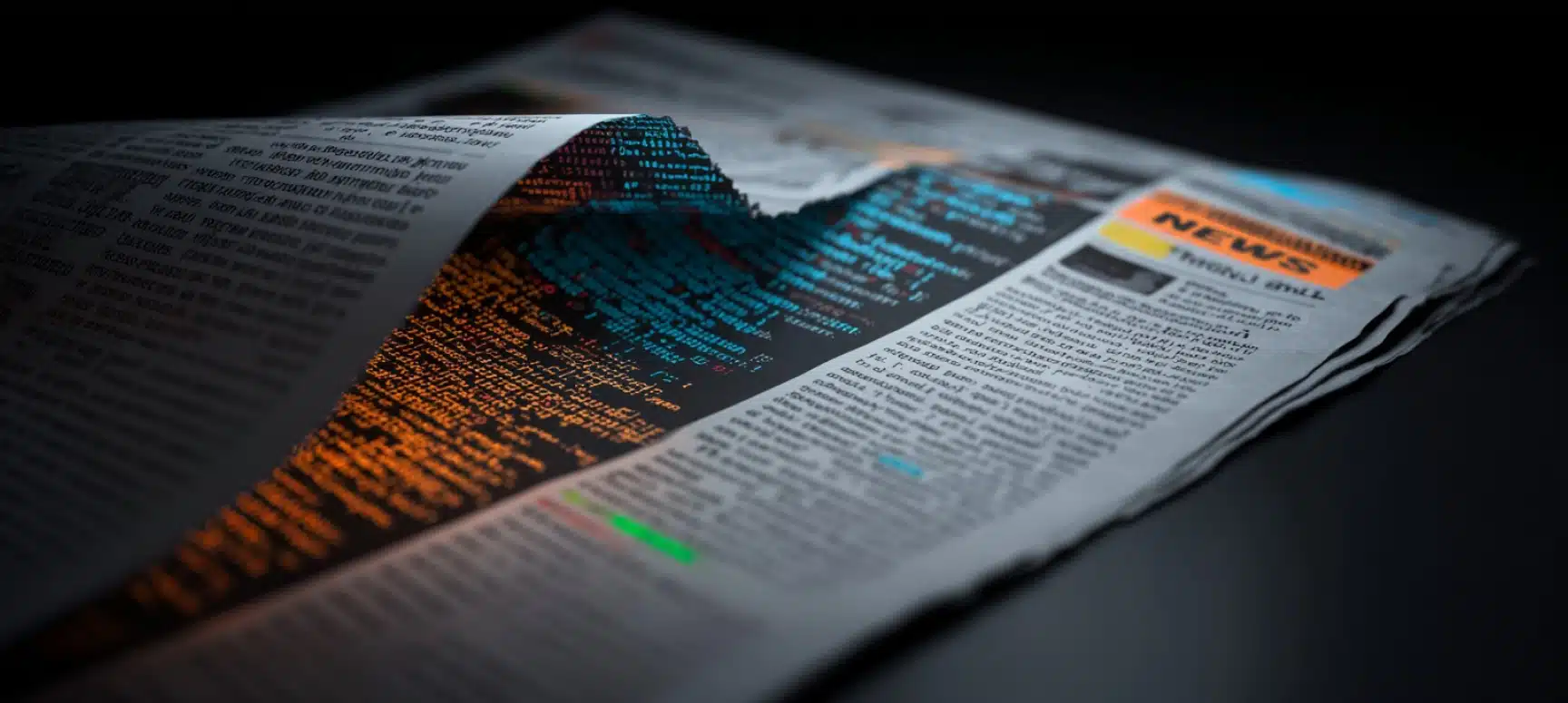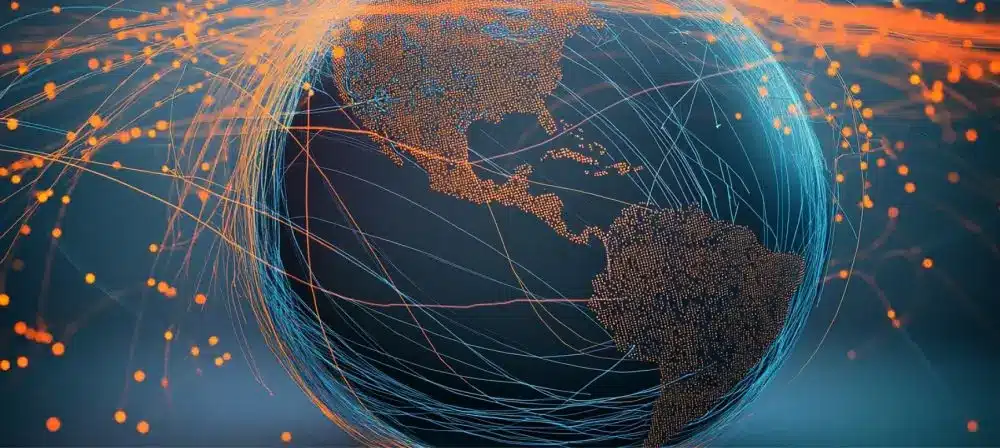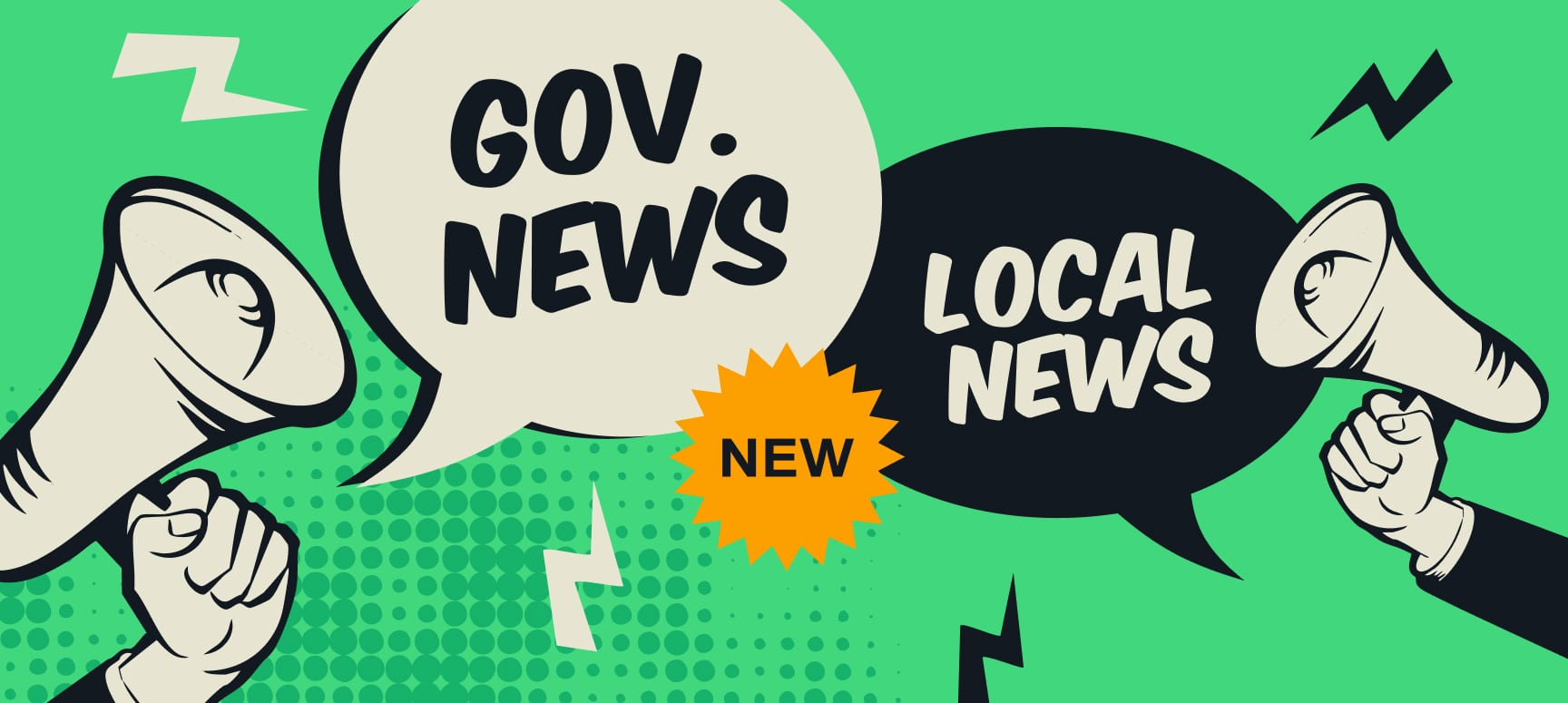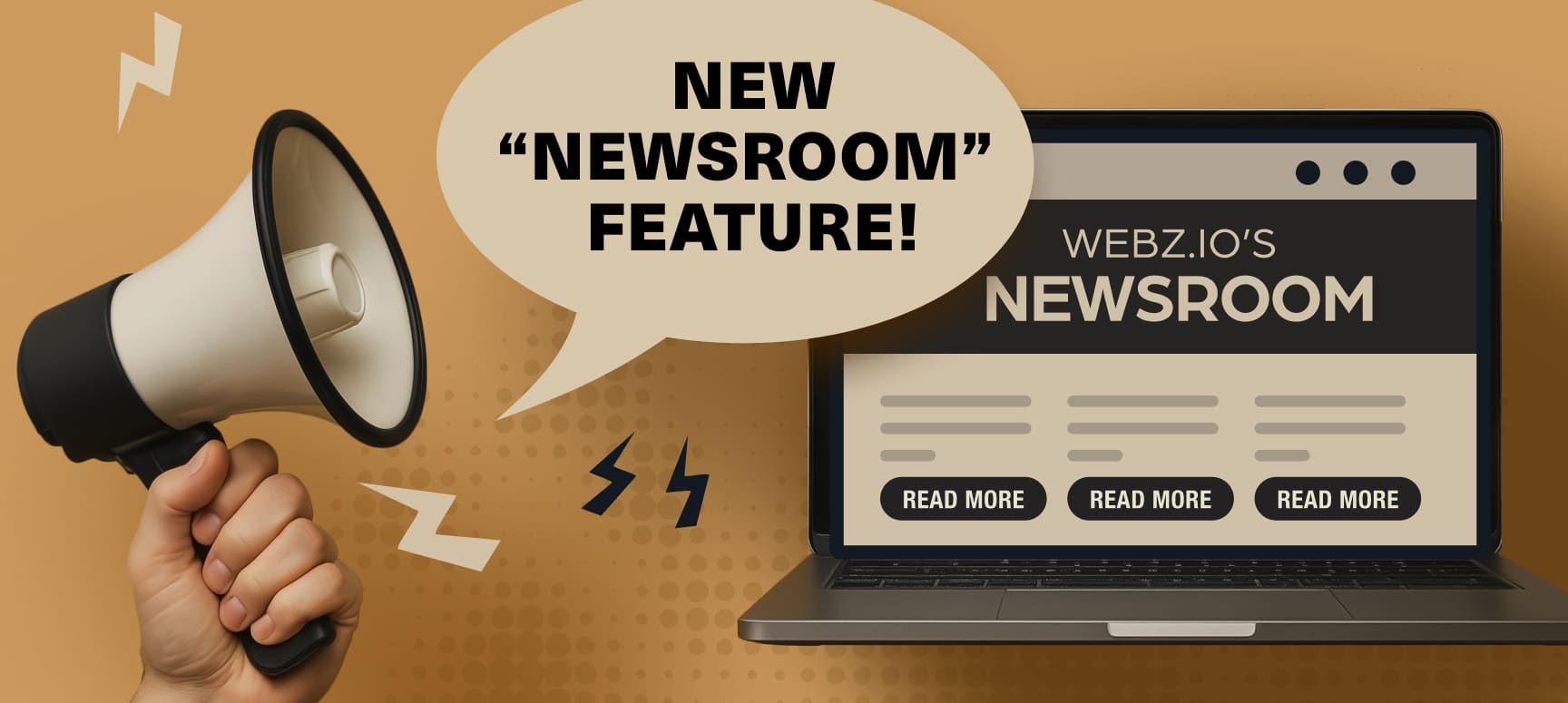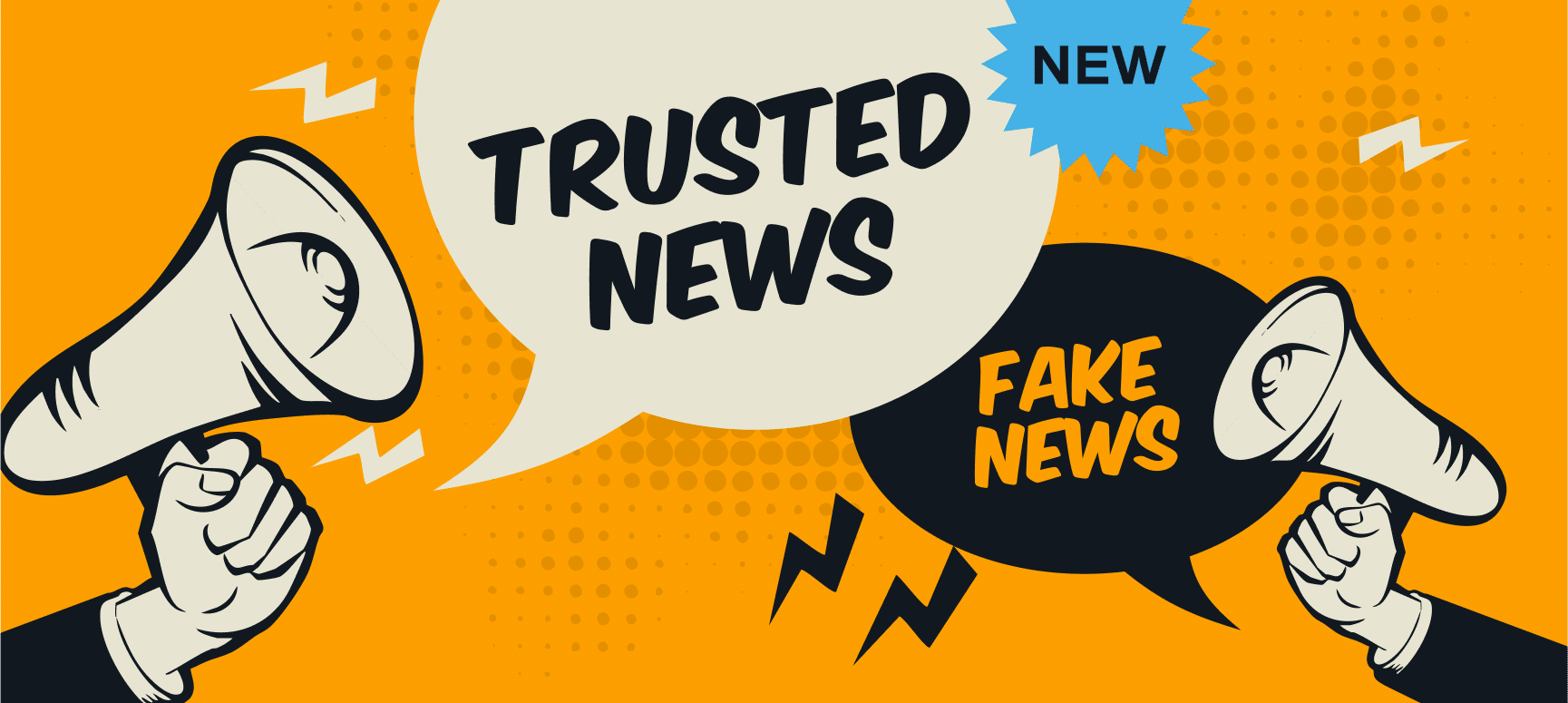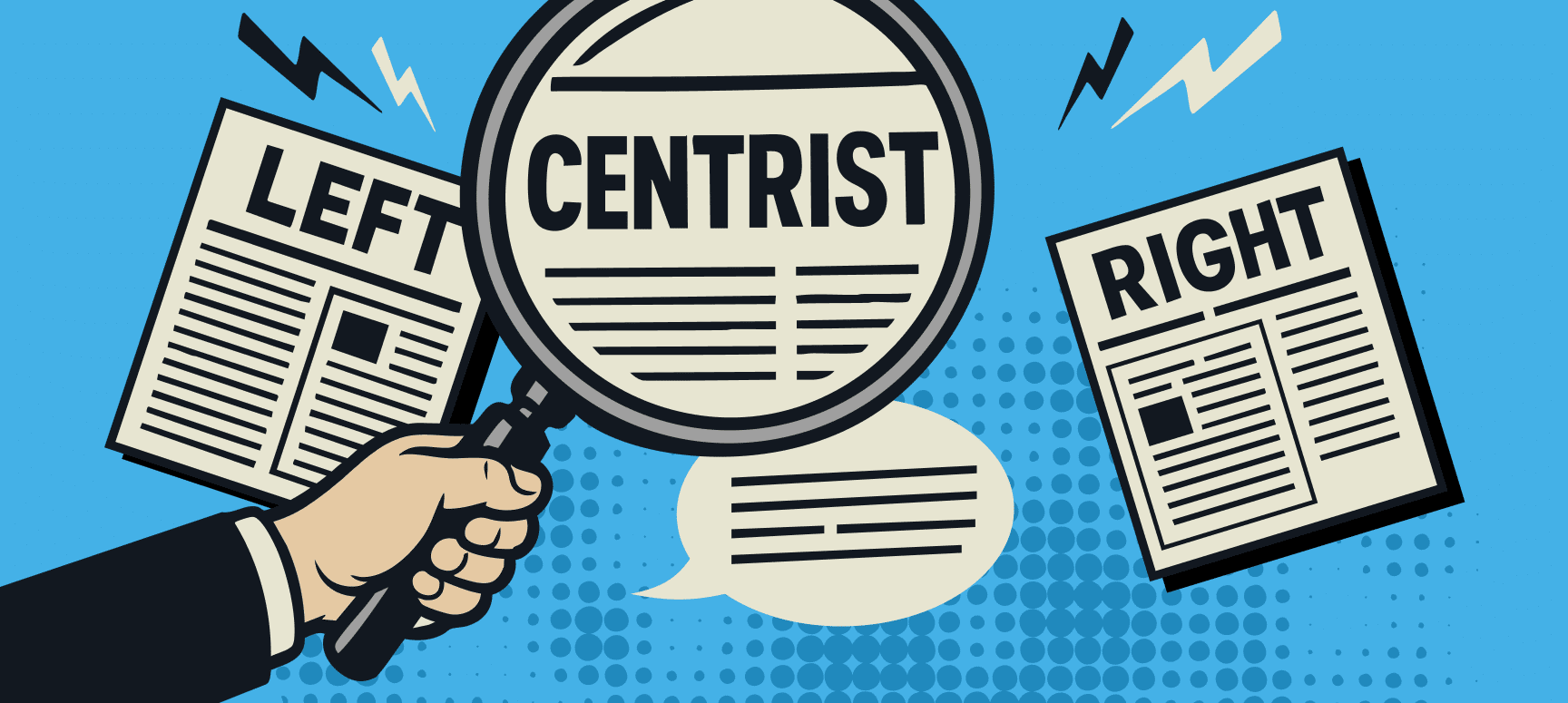Beyond Fact-Checking: Navigating the Era of Weaponized Misinformation
Misinformation isn’t just a background risk, it’s a direct threat to the integrity of your insights and the trust of...
Financial Monitoring for External Risk & Data Integrity: A Data Provider’s Checklist
In February 2024, fraudsters leveraged a deepfake audio clip to impersonate a CFO during a routine Zoom call, deceiving a...
Verifying External Business Risks: A Data Provider Checklist
Accurate intelligence starts with trustworthy data. It is also crucial for managing reputational risks. For companies in the risk intelligence...
Free News Dataset vs News API: Which is Right for You?
In countless ways, data is the fuel that drives business today. There are media monitoring and media intelligence solutions that...
Web Data Extraction Guide: Generate Powerful Insights at Scale
We live in a world with an ever-growing wealth of data, much of it available on the open web. Data...
List of Best News APIs in 2025
Over the years, news APIs have become a key source of data for a variety of intelligence platforms from media...
Enhancing Trust in News Data: New Filter for Government and Local Websites
In today’s fast-moving world, where geopolitical tensions, public health threats, and regulatory changes can emerge suddenly and early, trustworthy information...
Webz News API Unveils Newsroom: Filter Newsrooms Trusted Feeds
What's new? We're excited to introduce our latest News API feature designed to enhance trust and credibility in news data:...
Fake vs. Trusted News: A More Precise and Flexible Approach to Classifying and Filtering Trust-Based Content
In an era of misinformation, deepfakes, and sensational headlines, not all news is created equal. The digital news landscape today...
Webz News API Unveils Trust Bias Tags: Filter Political Bias in Your News Feed
In an increasingly polarized media landscape, political bias in news coverage is no longer an exception, it’s the norm. Whether...

